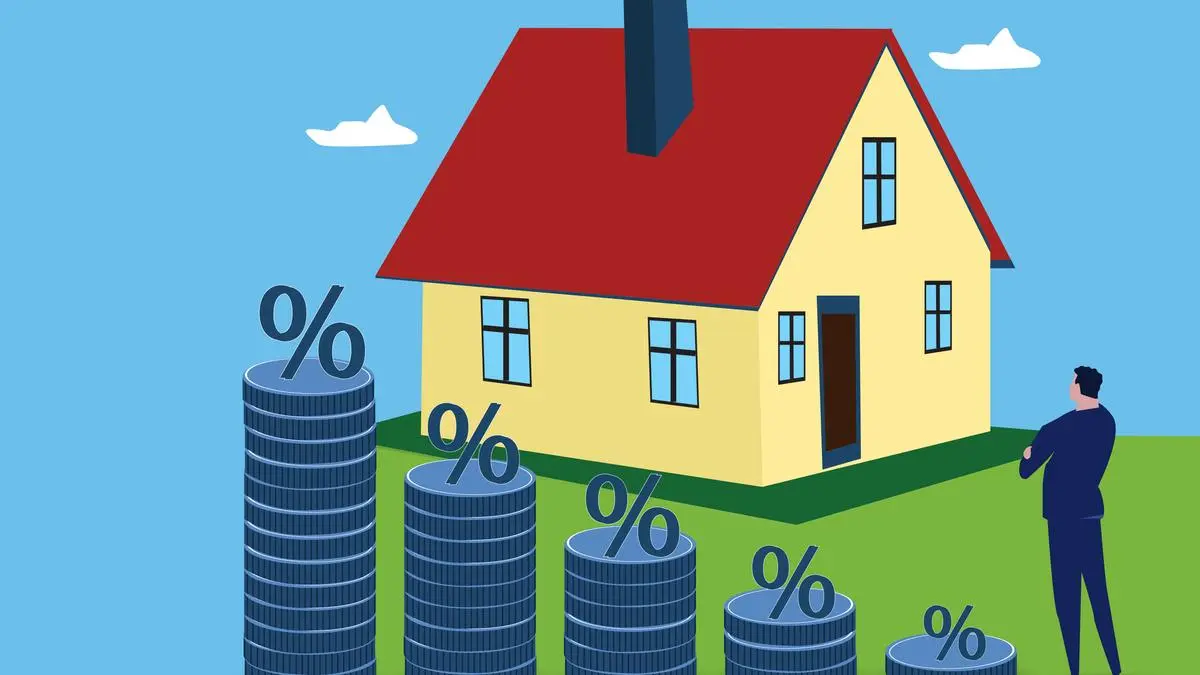
Rise in household debt attributed to growing number of borrowers rather than an increase in average indebtedness, the report said
| Photo Credit:
admin
While household debt in the country has been increasing over the past three years, a State Bank of India (SBI) report suggested that it’s not necessarily a cause for alarm, especially when considering the context of the economy and the type of debt.
It said India’s household debt is manageable and not worrisome at all, as two-thirds of the portfolio is of prime and above credit quality and the rise is attributed to a growing number of borrowers rather than an increase in average indebtedness.
Additionally, asset creation, such as home and vehicle loans, makes up 25 per cent, while productive purposes like agriculture, business, and education loans constitute 30 per cent. The Reserve Bank of India (RBI) views the rise in household debt as manageable, particularly since two-thirds of the portfolio consists of prime and above-credit-quality borrowers.
As of now, India’s household debt is at a relatively low level, 42 per cent, compared to 49.1 per cent for other emerging market economies (EMEs). SBI’s analysis revealed that 45 per cent of loans, including personal loans, credit cards, and consumer durable loans, are used for consumption purposes.
The RBI’s ongoing rate-easing cycle has already seen a 100-basis-point reduction in the repo rate, leading to an automatic decrease in externally linked benchmarked interest rates. This is expected to provide substantial relief to households. During this rate-cut easing cycle, it is estimated that approximately 80 per cent of retail and MSME loan portfolios are linked to the External Benchmark Lending Rate (EBLR), suggesting potential savings of around ₹50,000 to ₹60,000 for households. This easing cycle is projected to continue for about two years, further contributing to a decline in household interest costs.
Last week, the RBI announced a reduction in the policy repo rate under the Liquidity Adjustment Facility by 50 basis points to 5.5 per cent. This rate cut was accompanied by a cut in the Cash Reserve Ratio (CRR) by 100 basis points in four tranches of 25 basis points each starting September 6.
Published on June 10, 2025
Anurag Dhole is a seasoned journalist and content writer with a passion for delivering timely, accurate, and engaging stories. With over 8 years of experience in digital media, she covers a wide range of topics—from breaking news and politics to business insights and cultural trends. Jane's writing style blends clarity with depth, aiming to inform and inspire readers in a fast-paced media landscape. When she’s not chasing stories, she’s likely reading investigative features or exploring local cafés for her next writing spot.






